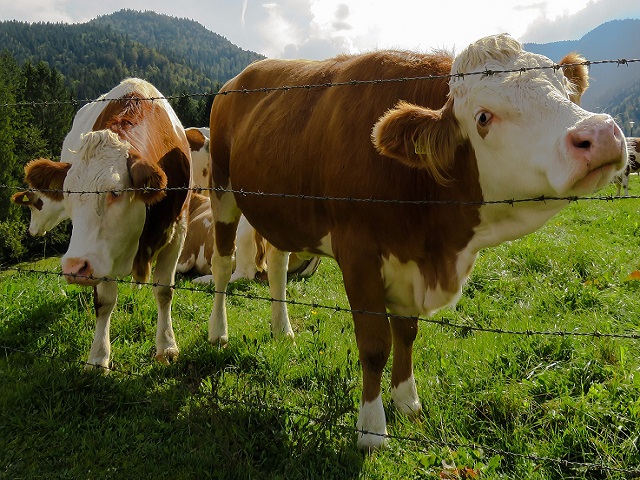Tackling Livestock Methane Emissions, U.S. Groups Form Partnership
GLASGOW, SCOTLAND – Livestock producers, especially cattlemen, have been in the bullseye of the environmental community for methane emissions that escalate the climate crisis.
Though usually overstated, and almost always branded illogically (i.e. cow farts vs. belching and classifying livestock methane emissions as equal to fossil fuel production), the cattle industry is charged with less than 1 percent of all Greenhouse Gas emissions (GhG) in the U.S. in 2019.
Still, the industry is looking for ways to fund solutions for mitigating the emissions and over the weekend at the annual UN Climate Change Conference of the Parties (COP26), the Foundation for Food & Agriculture Research (FFAR) and the Innovation Center for U.S. Dairy announced the Greener Cattle Initiative, an industry-oriented approach to providing beef and cattle producers with solutions for enteric methane emission mitigation.
Enteric methane is the single largest source of direct greenhouse gas emissions in the beef and dairy sectors and is emitted through two primary sources: manure degradation and enteric fermentation.
Enteric fermentation is part of the normal digestive process in ruminants, with methane emissions primarily resulting from animals belching or exhaling.
While several efforts to advance the sustainability of livestock production are currently underway, few specifically address enteric methane emissions – despite the potential to improve animal productivity and move the dairy and beef sectors toward net zero emissions.
(SOURCE: All Ag News)















































